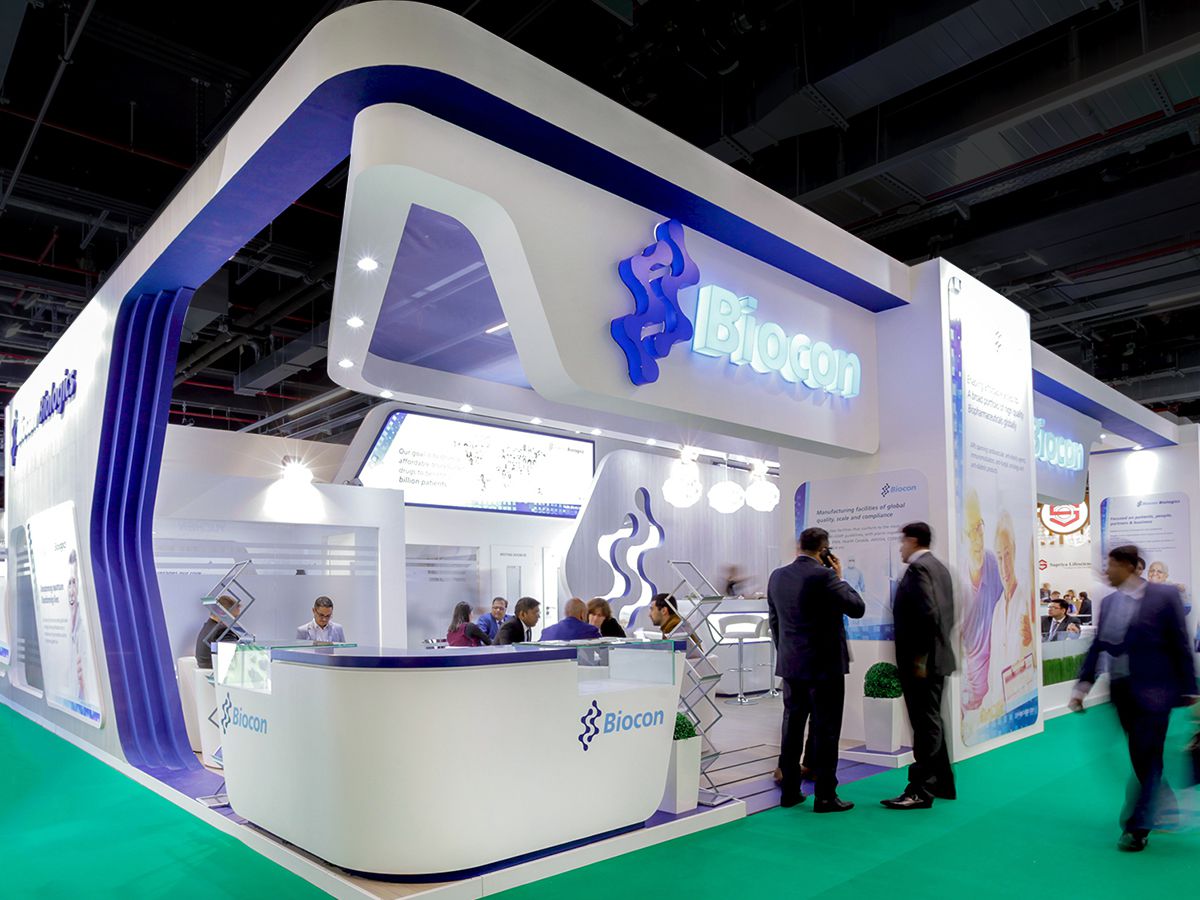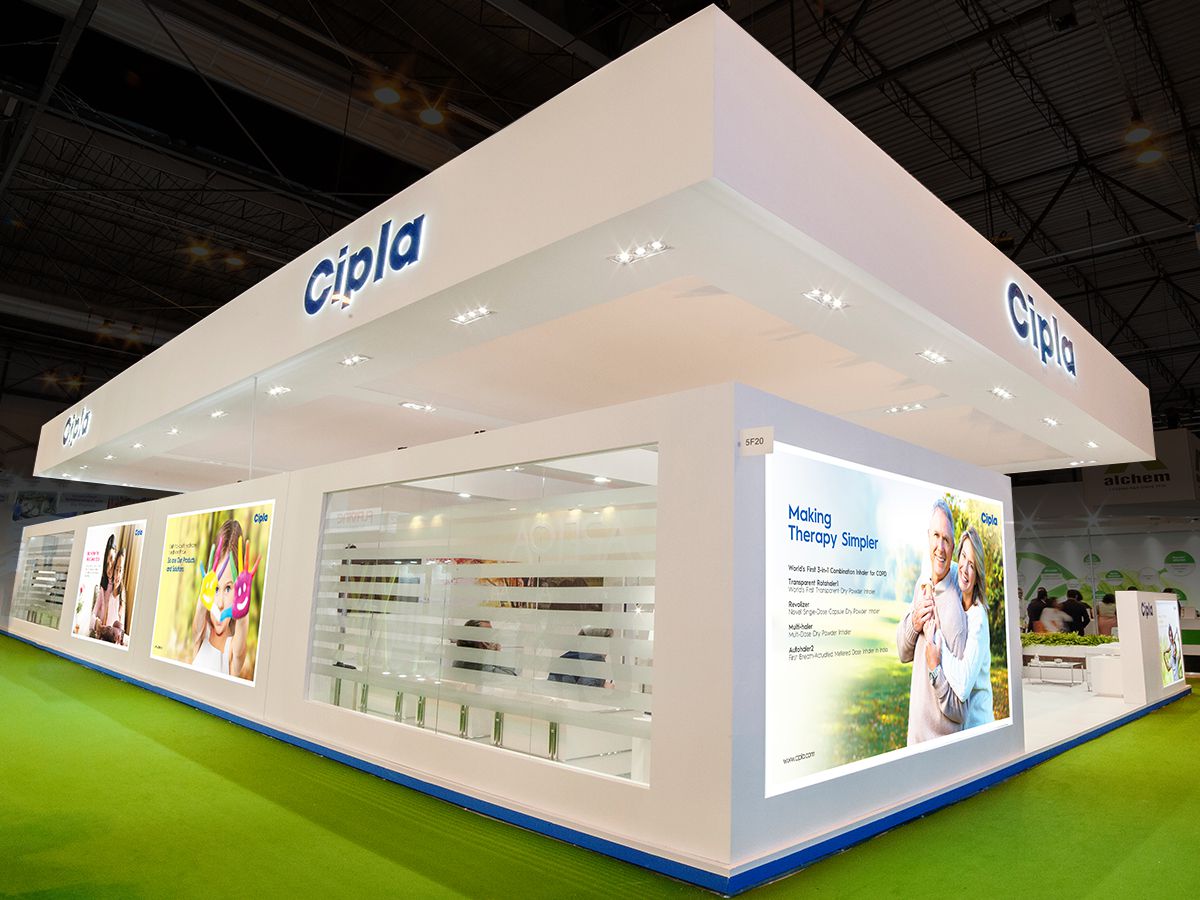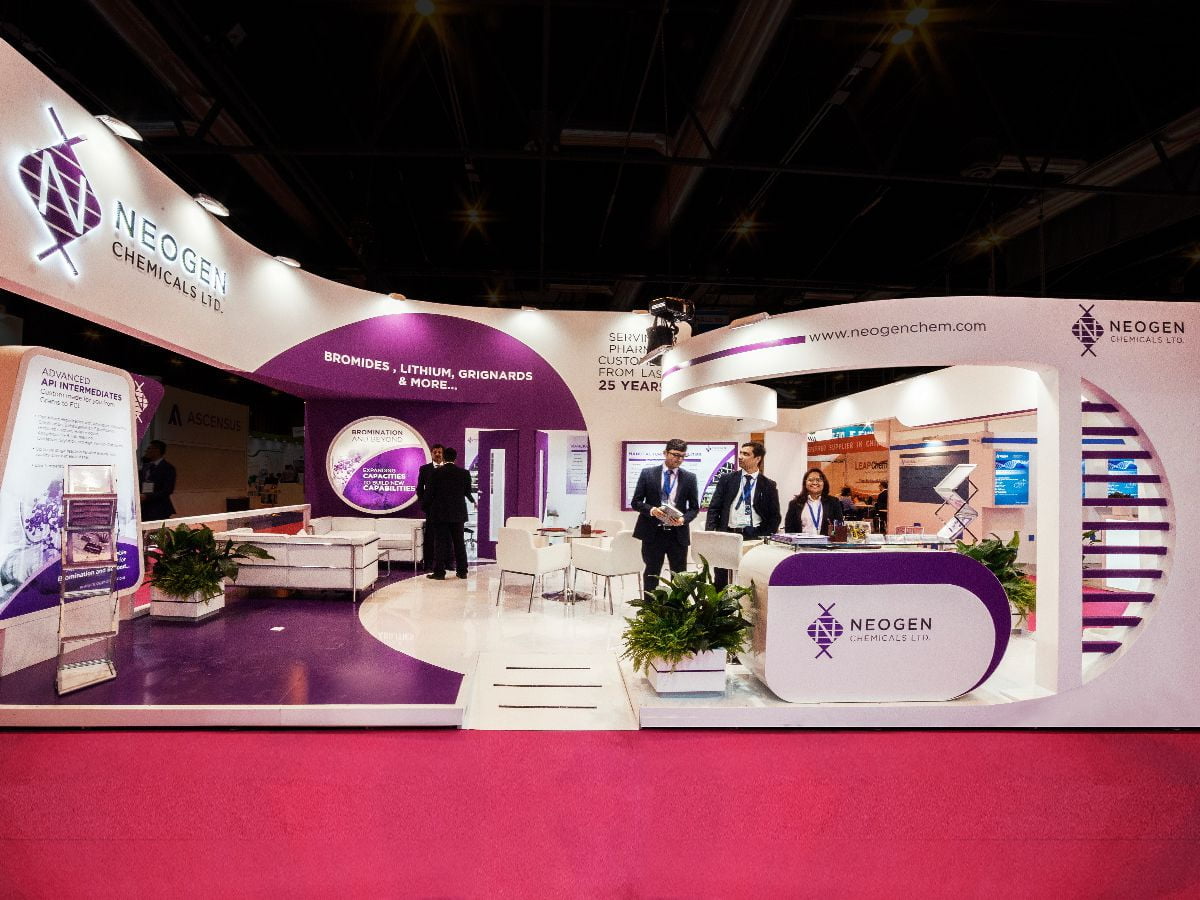Exhibition Stand Designers
Attract More Audience with us as your Stunning Expo Stand Designer
In the competitive world of expos, making a lasting impression is so important .That’s where we come in. Our company is not just all about building stunning stands but we are about enhancing engagement for your stand so that we captivate your audience, from the very moment they step into your booth. With our team of skilled designers and craftsmen, we bring your ideas and personalised visions to reality by making use of creativity and originality. From concept to completion, we handle every aspect with care, ensuring your brand stands out amidst the crowd. Experience the difference with us and make your next exhibition an unparalleled success with an interactive experience.
Expo Stand Designer, Designing Stands in Europe With Perfection
1. Concept to performance supremacy:
From initial concept to the final execution, we make sure your brand is the one that stands out amidst the competitors. Our team works on building each stand with perfection at every step. Your performance will be smooth and interactive.
2. Crafting Experience not just Structures:
We have a team of creative minds and talented craftsmen that go above and beyond mere structures to create pleasant and informative experiences for your audience. We understand every brand has a rare story and message to tell and we especially strive to bring that story of yours to life by showcasing it in our designs.
More than an Expo Stand Designer: Delivering Full-Service Exhibition Stand Rental
- All-Inclusive Package: We offer a complete package that includes stand rentals, logistics, installation and dismantling. Our goal is to give you a hassle- free experience, allowing you to give all your energy on engaging with your attendees.
- Seamless flowing Experience: Our meticulous attention to detail and commitment to giving you the best ensures a seamless experience, leaving you to not overthink about any process or details over your booth. We take care of everything from the moment you reach out to us to the final dismantling of your stand.
- Special focus on your and your brand: You have all our attention, don’t hold back if you have any questions even if they are last minute changes or requirements. Firstly we keep our clients priorities first and secondly we are quick with what you ask us for!
Things to Consider While Sharing a Brief With Your Expo Stand Designer
1. Experience and Expertise
Search for a builder just like us, with a proven track record and extensive experience in designing, constructing, installing and dismantling bespoke expo stands. Check our portfolio and client testimonials to assess our expertise.
2. Capabilities and Services
Go through the builders capabilities and the range of service offered. At SOL Gmbh we have great services and respectful service providers, all elements of stand construction, including discussion of your specific requirements and the building process till the end are handled by us!
3. Quality and Innovation
Assess the quality of the company’s workmanship and materials used in stand construction. We provide you the best quality display that is strong because we make use of the best quality materials that are also sustainable!
4. Customization Options
See to it whether the expo stand designers offer customised options. Here you have the flexibility as we are very adaptable to include everything you desire.
5. Budget Consideration
Inquire about your budget options and make sure if they align with your financial limits. At our company we have transparent discussions about costing beforehand, so that you are already aware of the costs, and we deliver the best stand to your budget while assuring you success.
Looking for Exhibition Stand Design & Booth Builders Company in Europe?
- Top Solutions Provider: SOL Gmbh stands tall as the finest expo stand designer and booth builders company in Europe. We are very experienced in providing solutions for everything you can expect, there’s absolutely no reason to hesitate while working with us. We have numerous years of experience and a portfolio of successful projects and happy clients, we have earned a reputation for excellence.
- Outstanding Presence Assured: With a proven track record of delivering greatness, we assure your presence at any event will be remembered and spoken about a lot. Our main goal is to help you make a positive impression on your audience as well as your brand that lasts, while also getting the utmost ROI.
Have an unforgettable time working with us, you being happy and your audience loving your brand is all we opt for, our bespoke designs are made creatively and built with quality as well as strength. We will make sure your stand is the spotlight! Choose us to deliver a seamless experience from start to finish.
Our Portfolio
Contact Us













